
Lingual dental braces are a discreet type of fixed braces, attached to the back of the teeth rather than the front, making them nearly invisible. These lingual braces involve small metal brackets connected by a wire, allowing your orthodontist to gradually shift your teeth into the desired position. When you're considering lingual braces for overbite correction, this orthodontic option offers an effective and aesthetic solution.
When you’re in Kingston and searching for “lingual braces orthodontist near me”, we’re here to help you! We will happily assess your needs and provide you with a detailed cost for a personalised treatment plan. Book a Free Virtual Consultation today!
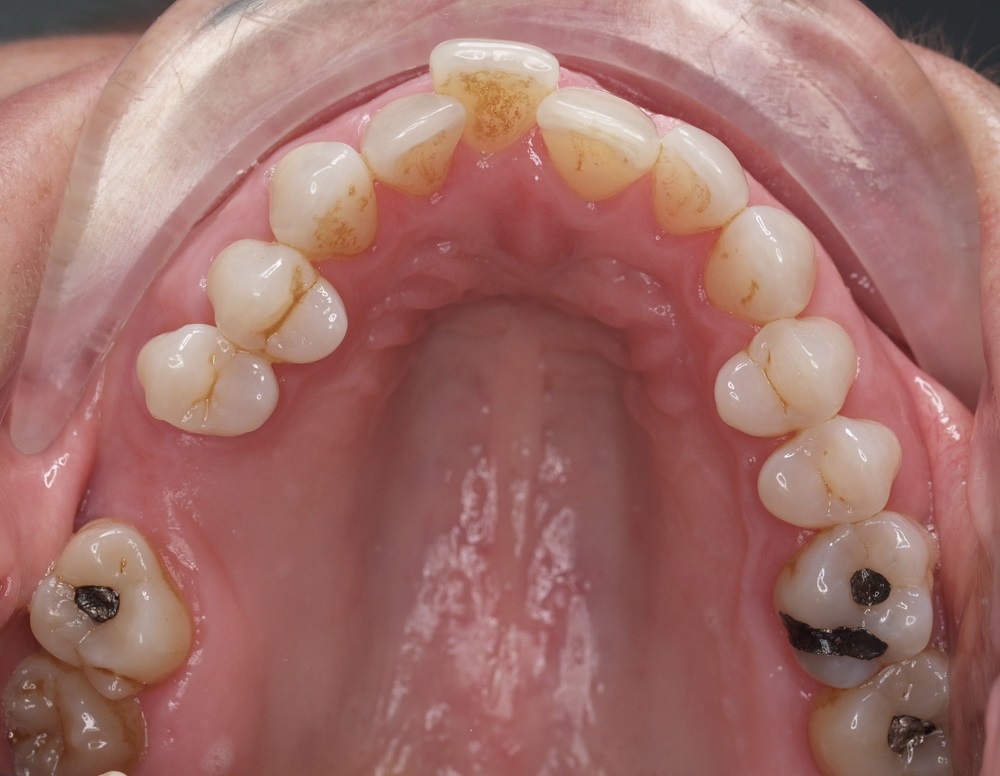
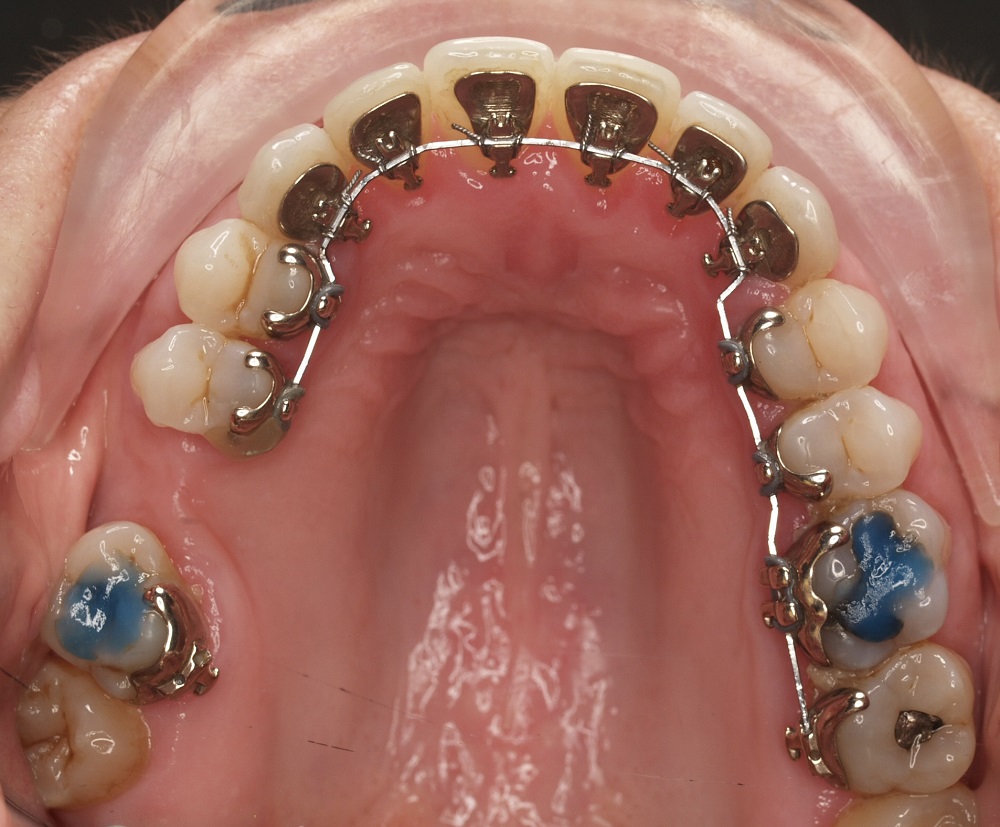
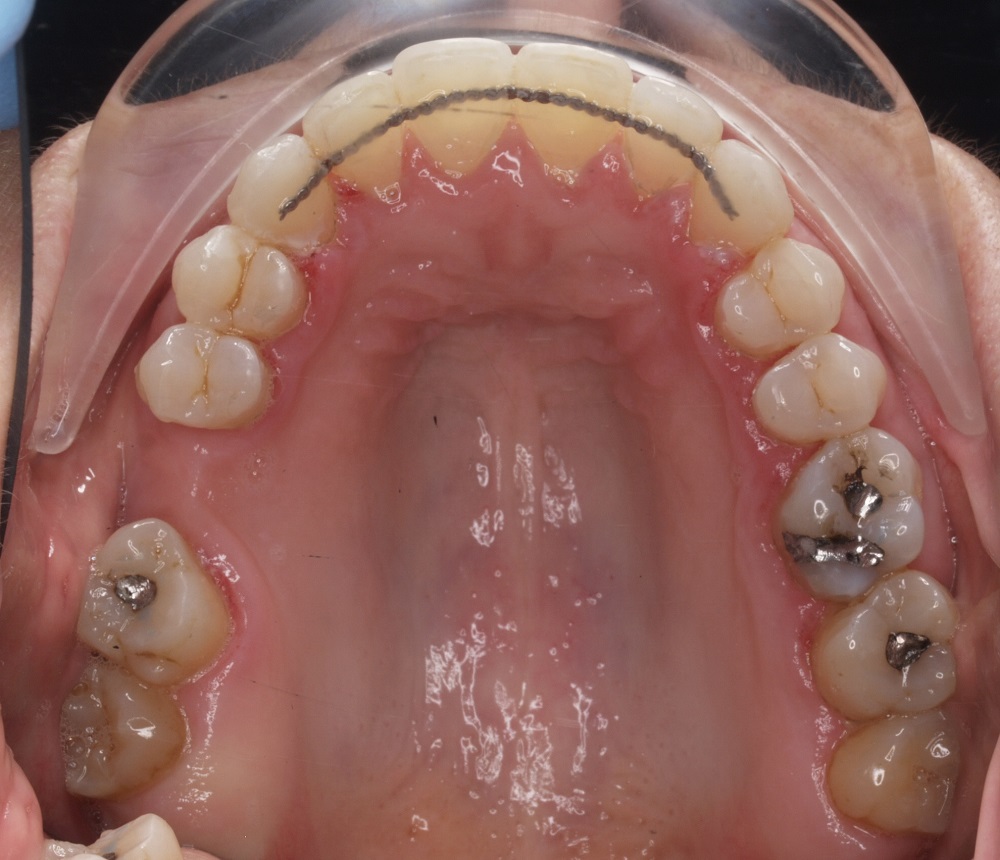
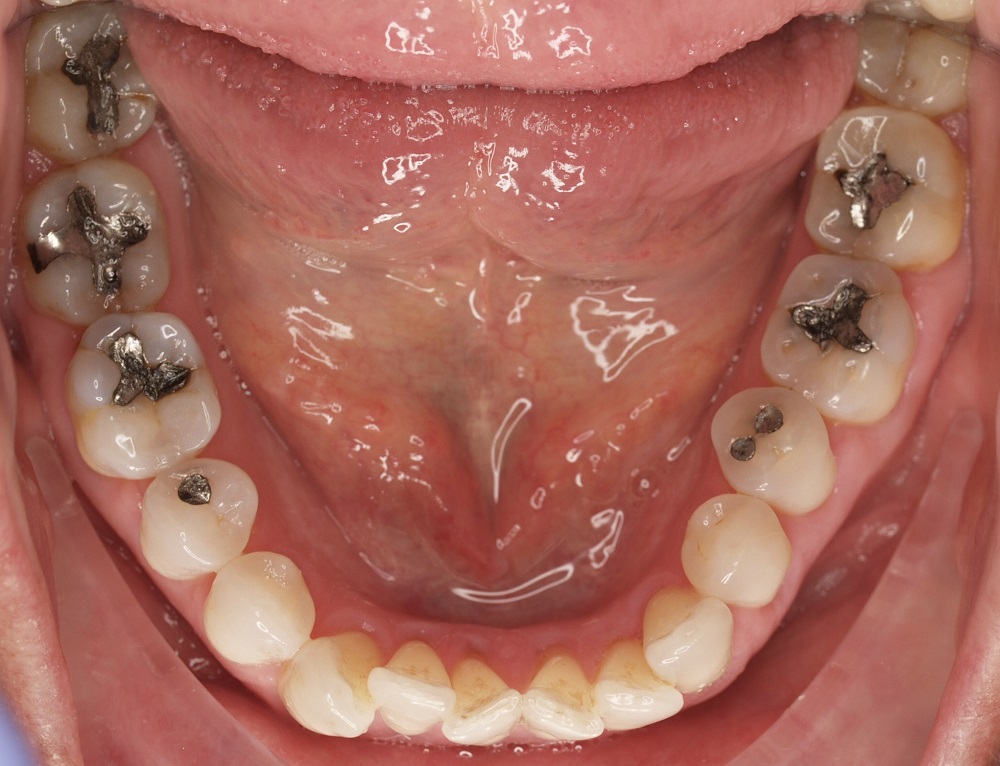
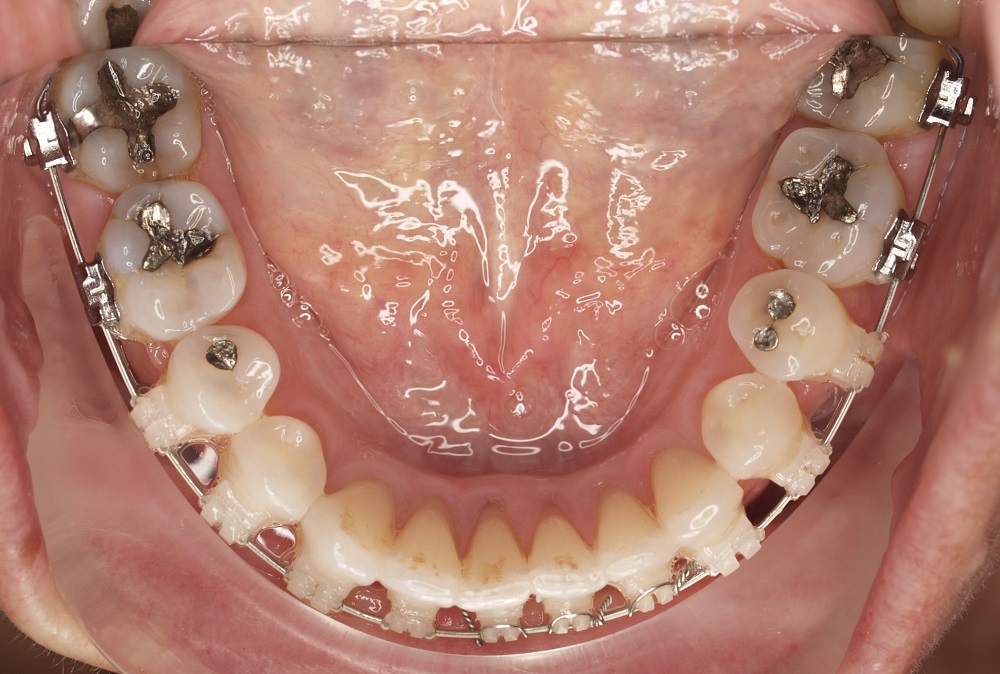
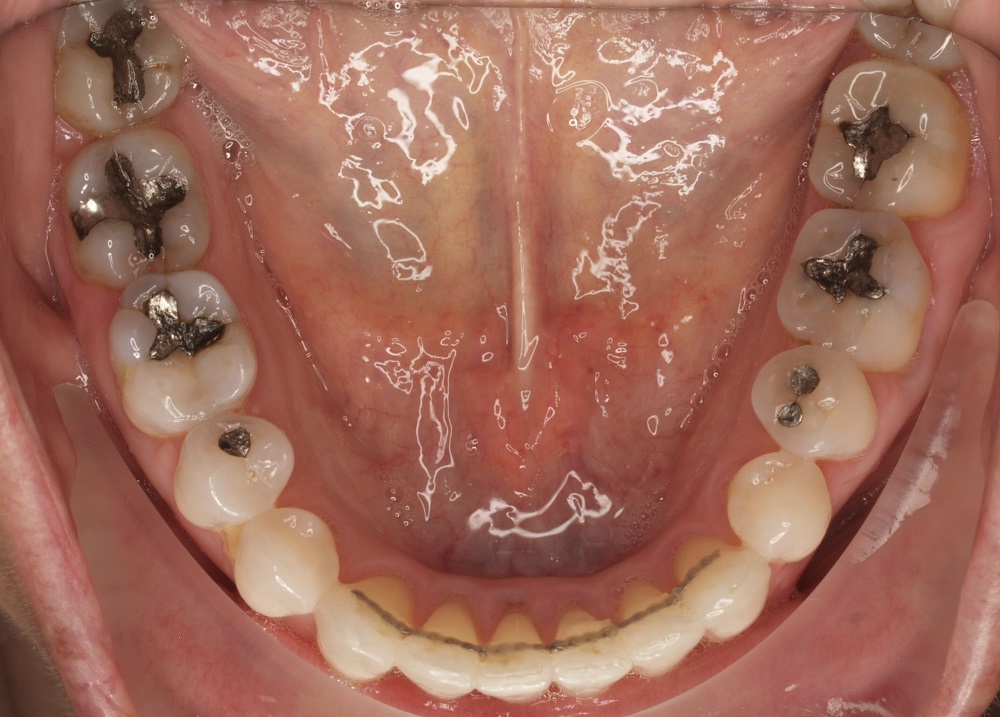
Lingual braces are a modern orthodontic option with unique benefits. Here’s why they might be a great choice:
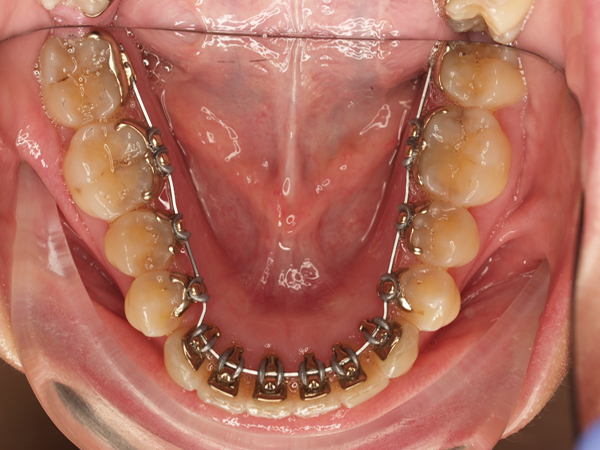
Lingual braces and traditional metal braces work the same way. Both have wires and brackets that gradually move the teeth into alignment. You will visit the dentist every 6 – 8 weeks to adjust and tighten the wires and brackets.
Some lingual braces come in a standard fit, but your orthodontist can offer custom-made brackets which provide the orthodontist with more control over the tooth movements and final result achieved.
Custom-made lingual braces are more comfortable because they are smaller than the standard option.
Treatment with fixed braces usually takes about 18 to 24 months, depending on individual needs. Unlike clear aligners, fixed braces remain attached to your teeth throughout the entire treatment. You should never attempt to remove them on your own, as this could harm your teeth and disrupt your progress.
Before getting lingual braces, it's crucial to ensure your teeth and gums are healthy. You'll have an assessment with your dentist to check your oral health. If there are any issues, your dentist will create a treatment plan to address them, ensuring your mouth is in top condition before fitting the braces.
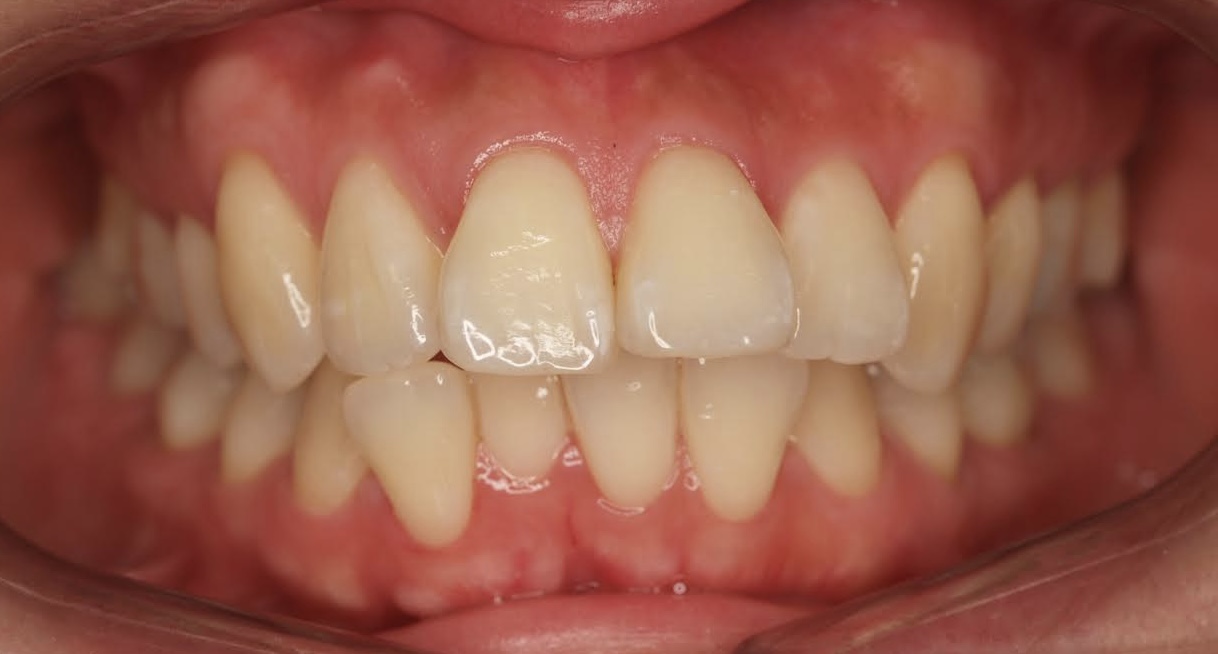
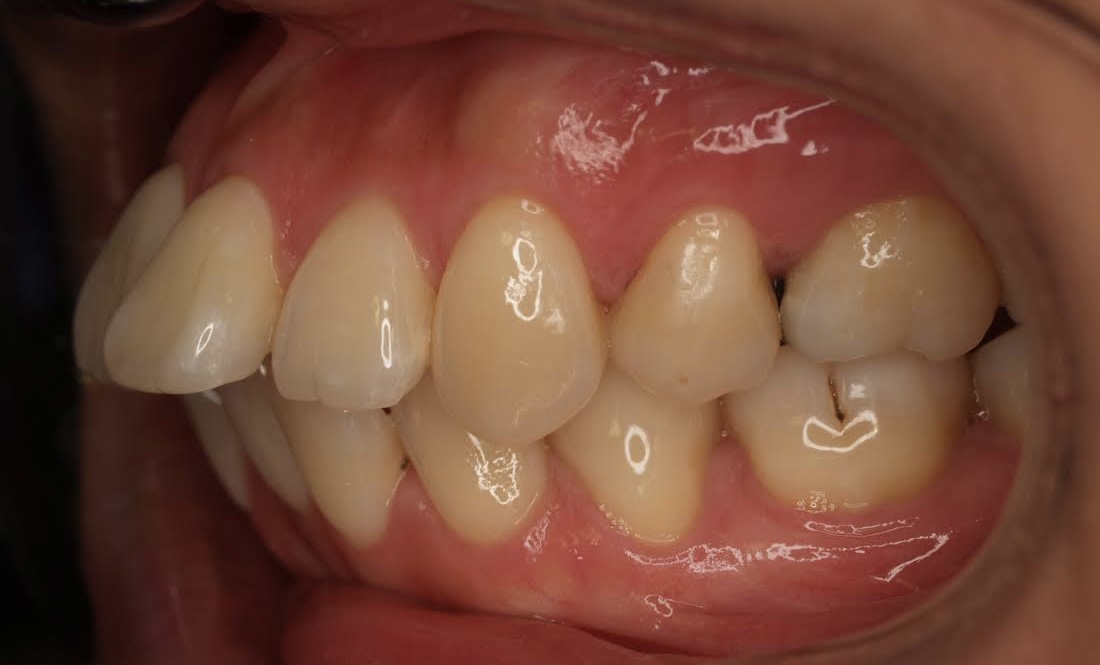
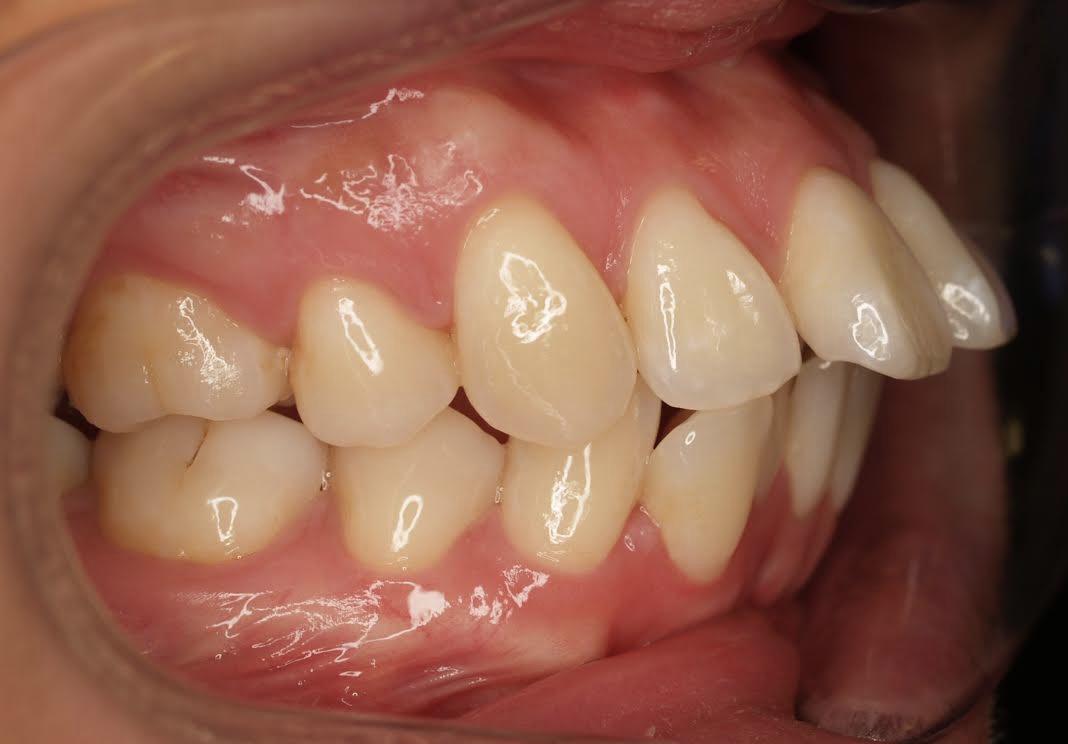
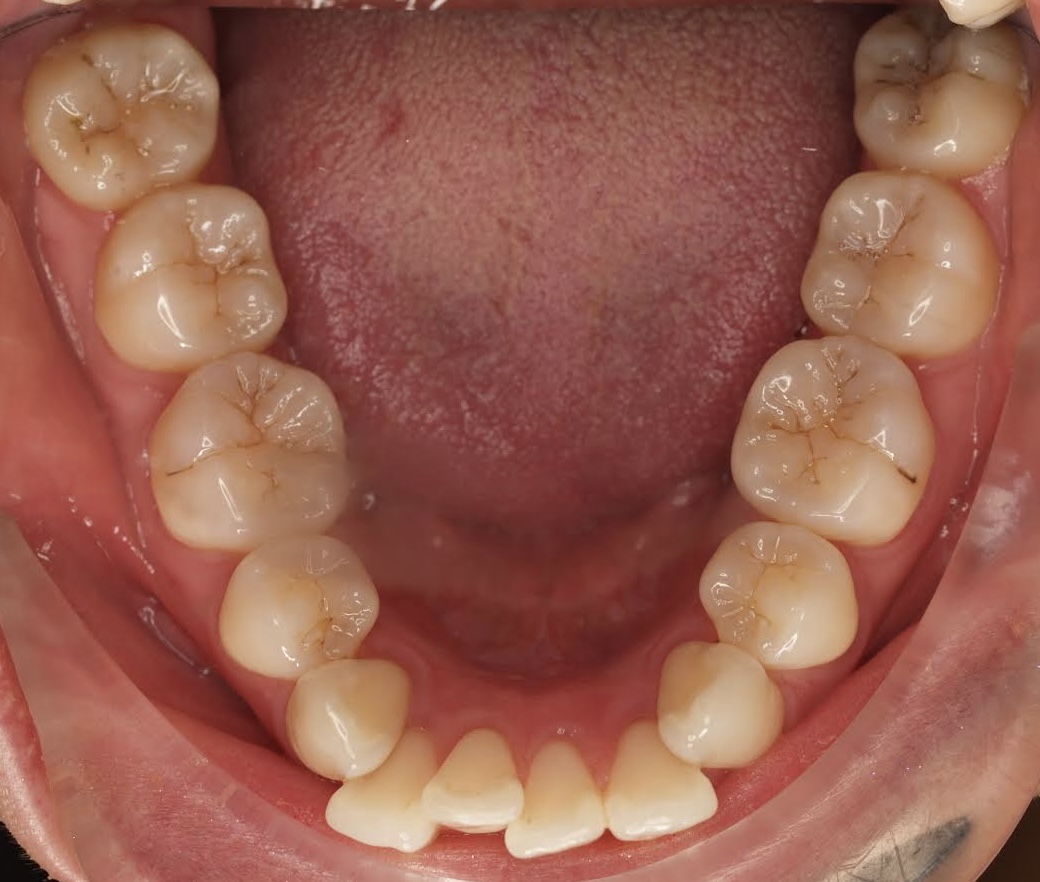
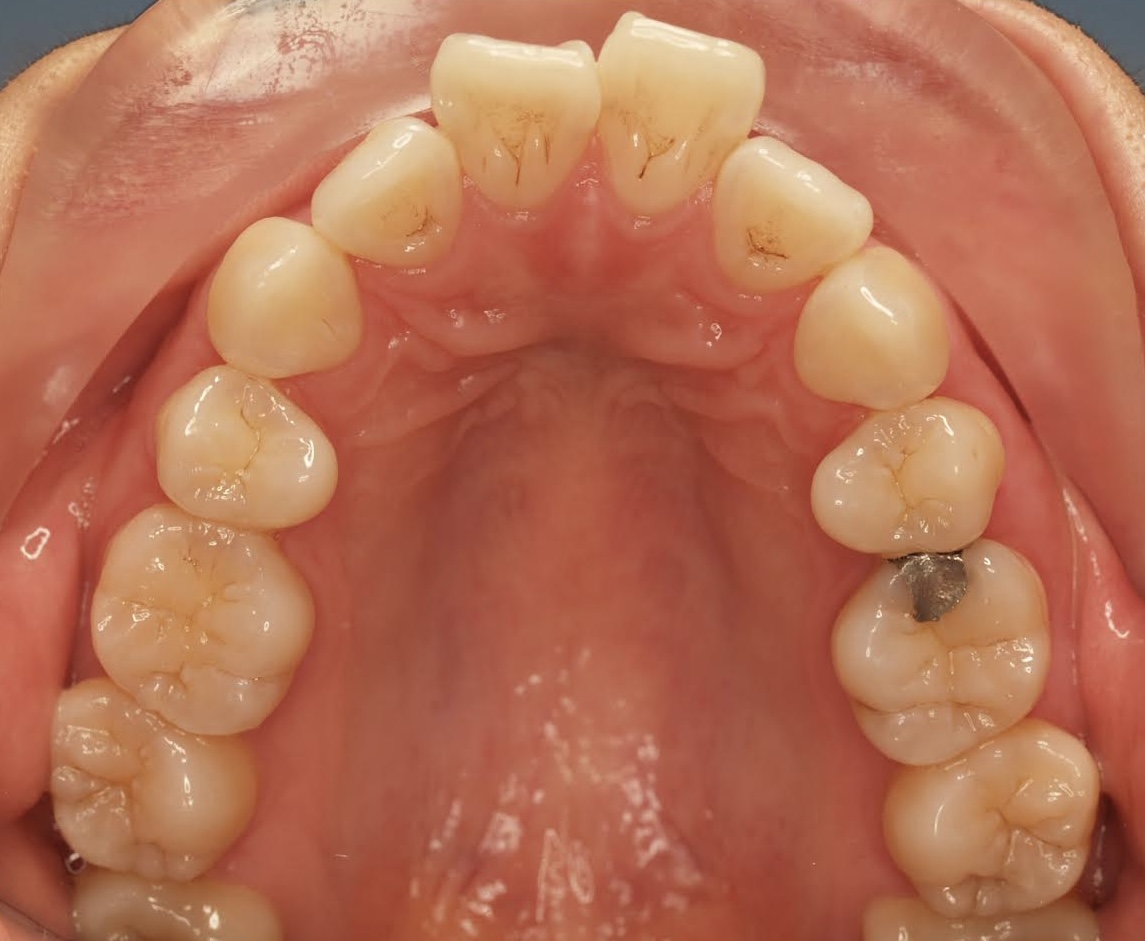
Lingual braces cost more than traditional metal braces, especially custom-made lingual braces. Adjusting lingual braces during regular check-ups takes longer, meaning you will pay more for the orthodontist’s time spent on adjustment.
The NHS only offers traditional metal braces to patients under 18 years with severe malocclusion or misalignment.
Outwith the NHS, children may consider lingual braces but often the inside surface of their teeth are not large enough to hold the lingual brackets. Children unsuitable for lingual braces treatment can consider alternatives such as ceramic or Iconix fixed braces or Invisalign Teen.
A major benefit of lingual braces over conventional metal braces is that the inner surface of the tooth is less likely to mark or become damaged compared to the front of the teeth. Poor oral hygiene during treatment with traditional fixed braces usually leaves white spots or residues of plaques on the teeth.
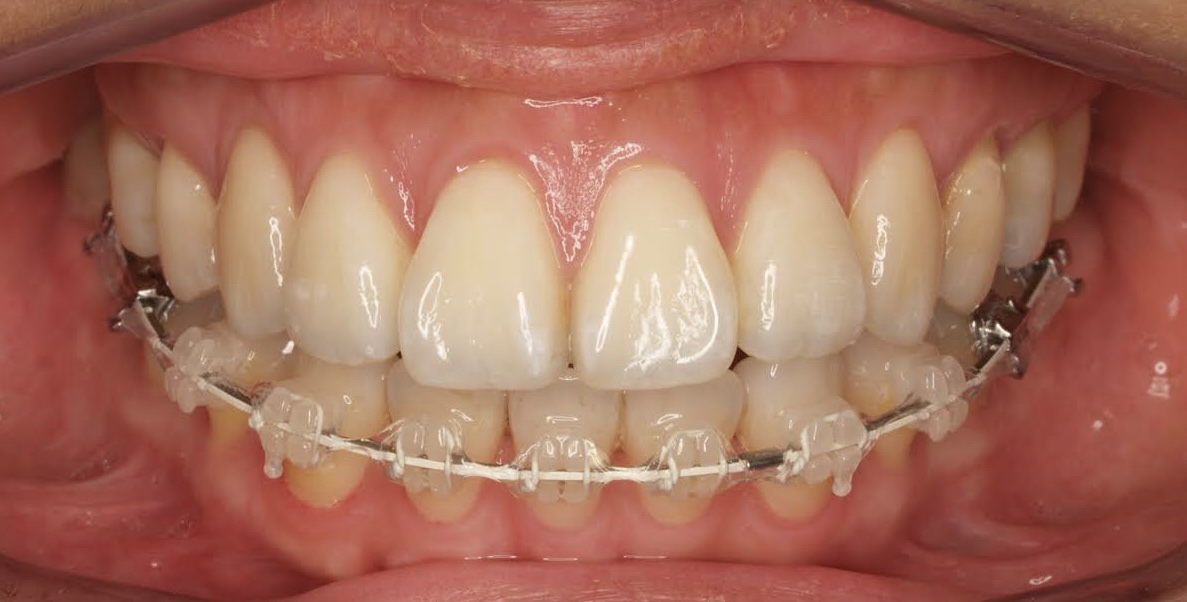
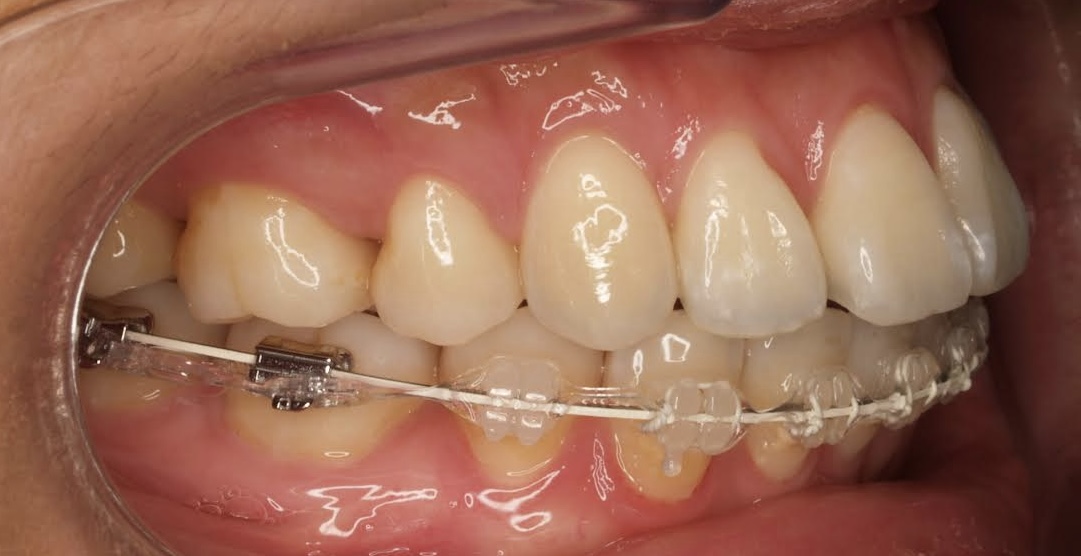
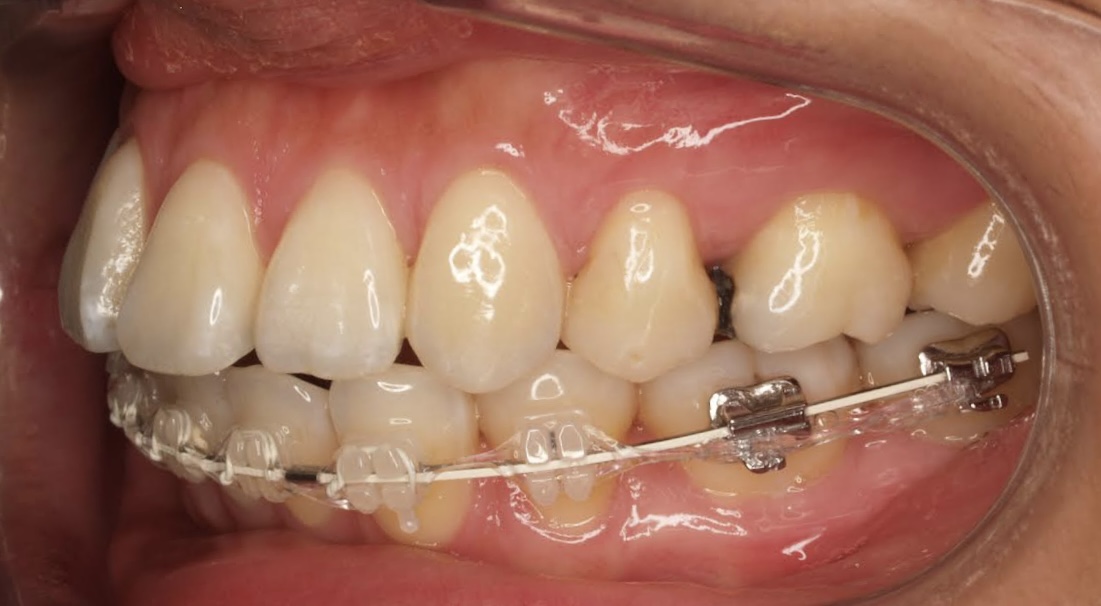
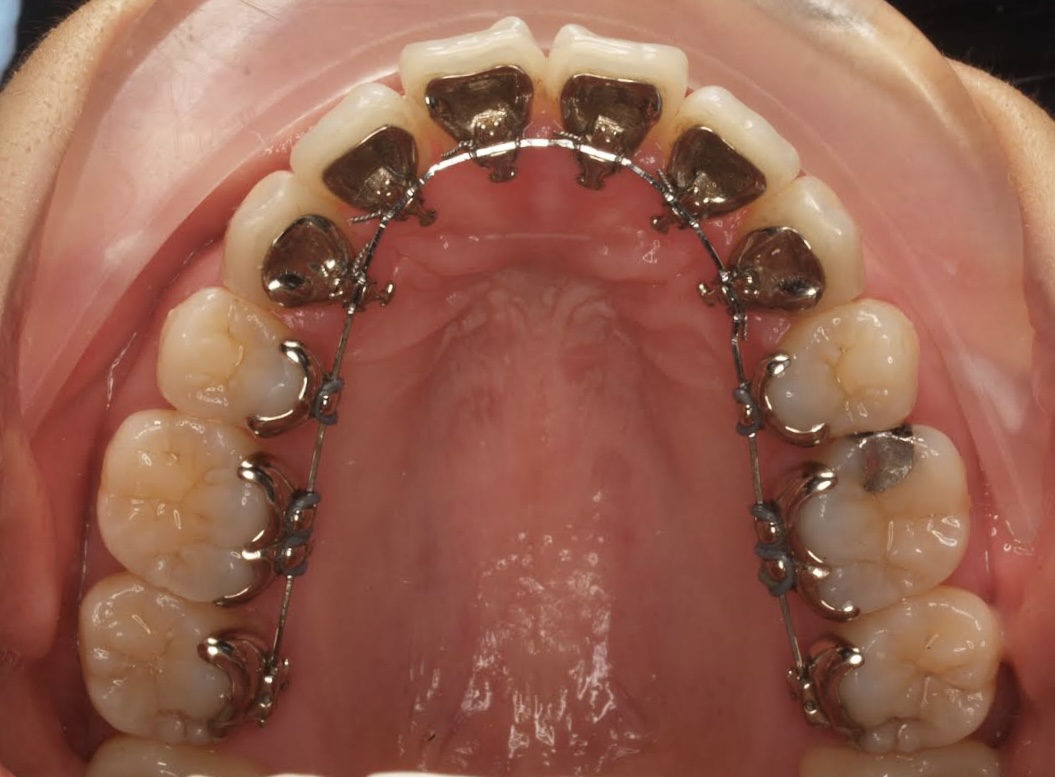
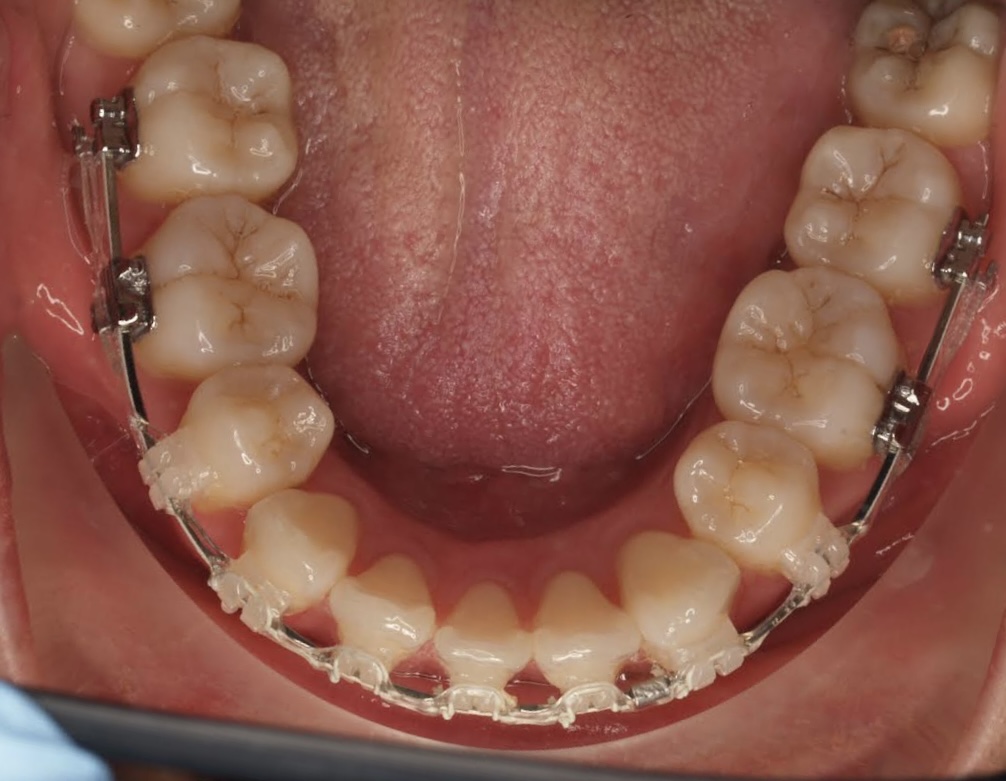
If straightening your teeth with braces that aren’t aesthetically pleasing is your concern, your options may include lingual braces and Invisalign.
Invisalign treatment involves a series of clear plastic aligners that gradually move the teeth instead of metal wires and brackets. Invisalign clear aligners are almost invisible, meaning people can only see them when close to you.
Lingual braces are fitted behind the teeth, so people can’t see them except you open your mouth wide. Clear braces are another less obvious treatment for those who need an alternative to metal braces, but people can see them in a close-up view.
The benefits of Invisalign that make them a good alternative to hidden braces include:
Most of the time, the severity of the dental issues determines the type of brace that can be used. Invisalign can correct up to 90% of orthodontic issues, but severe cases may need fixed braces.
You need to visit an orthodontist to examine your teeth and determine if you are suitable for Invisalign treatment.
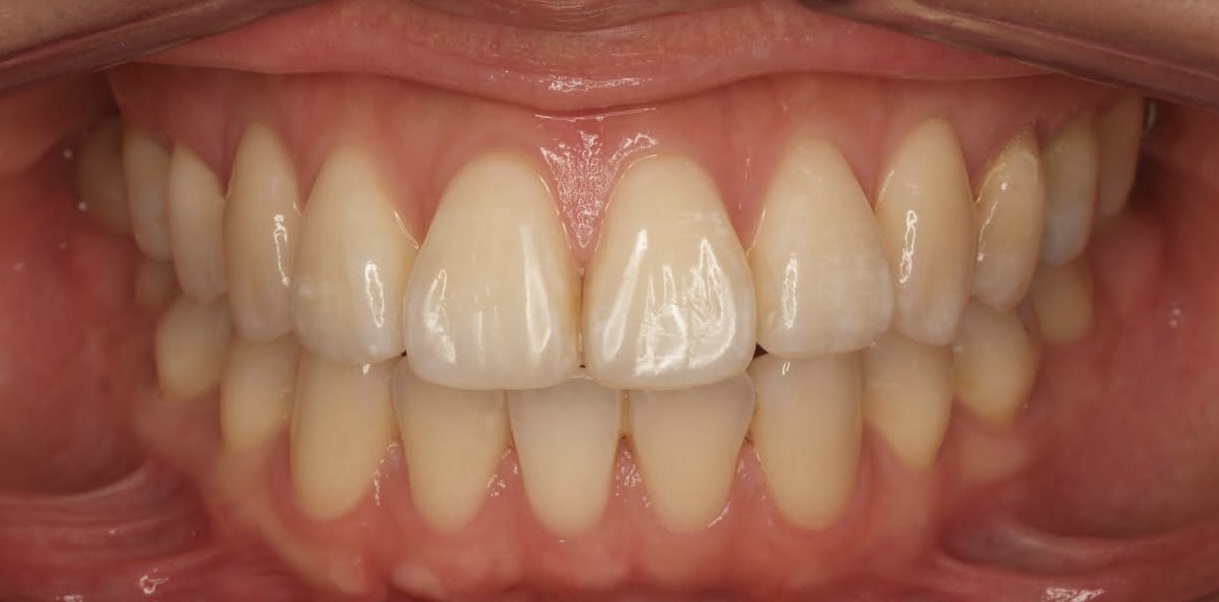
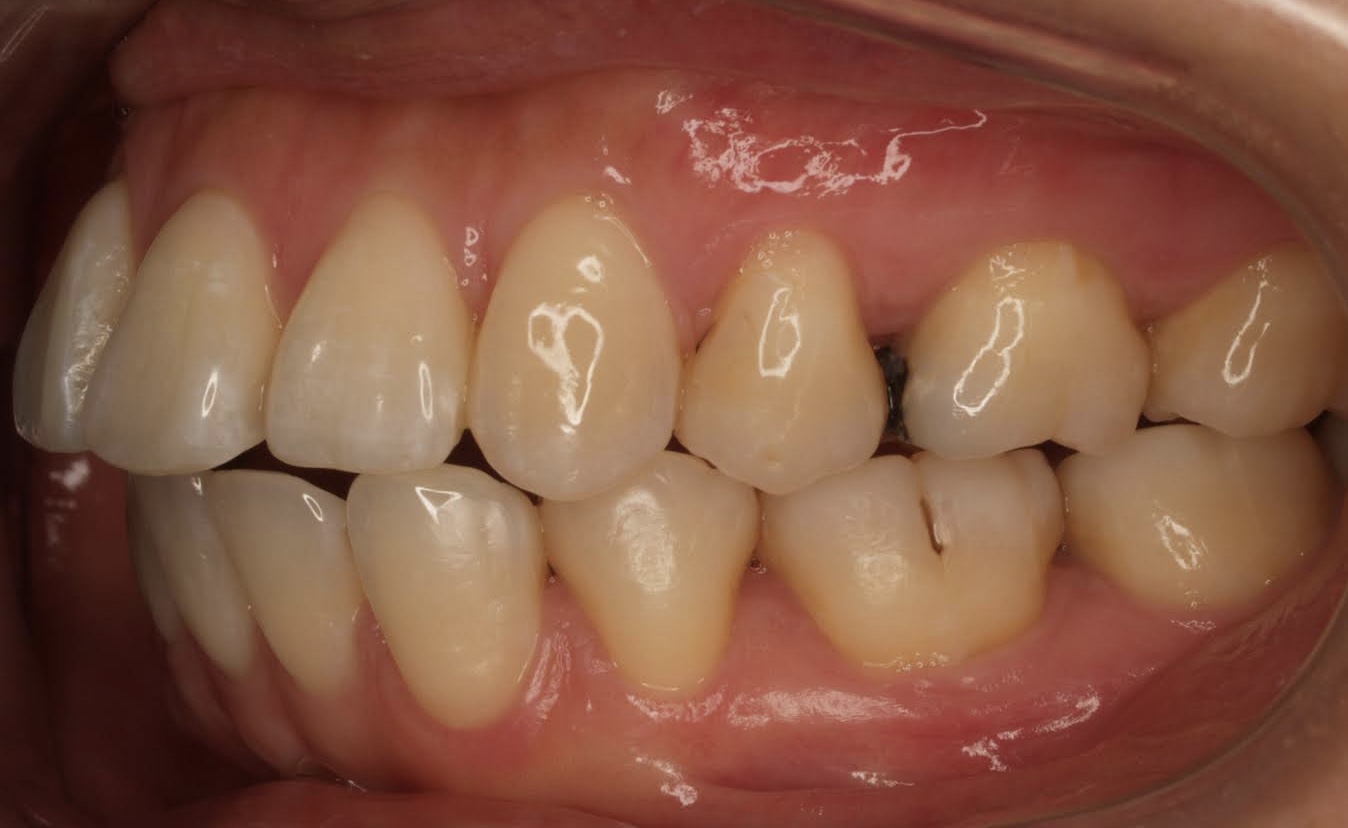
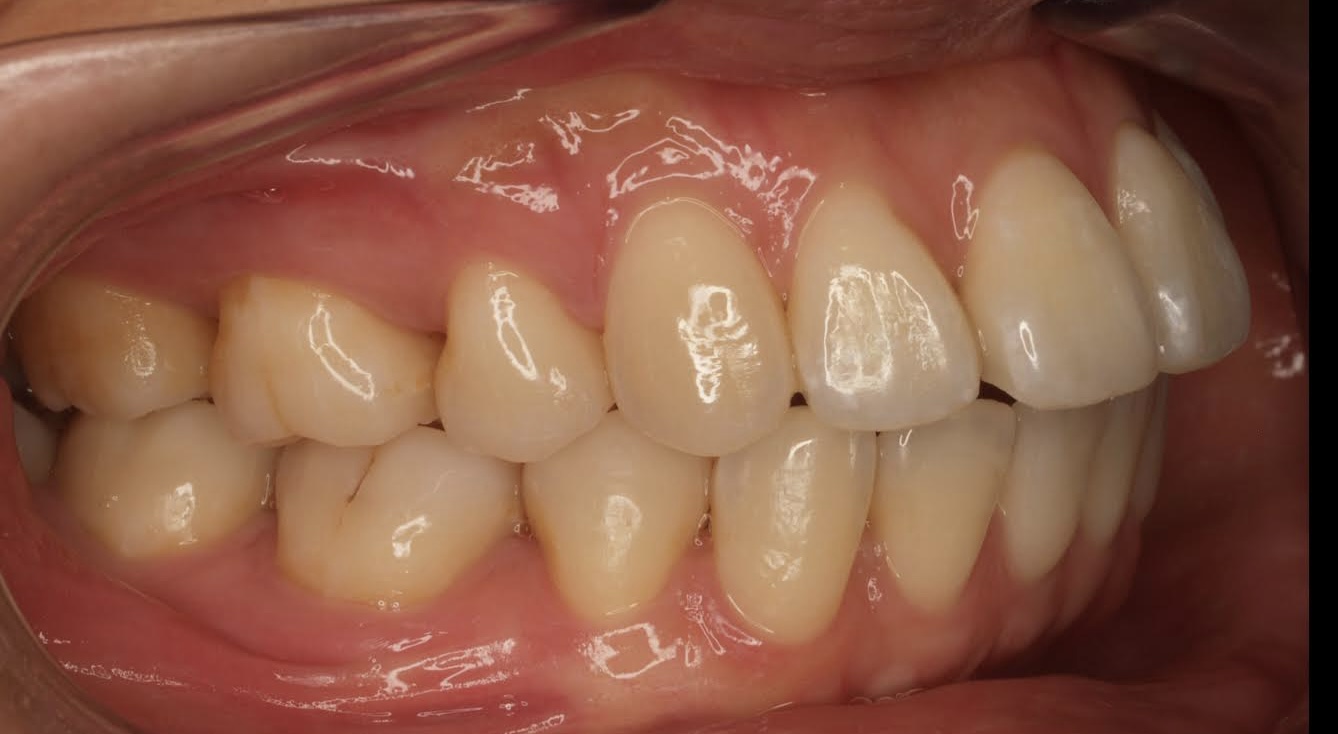
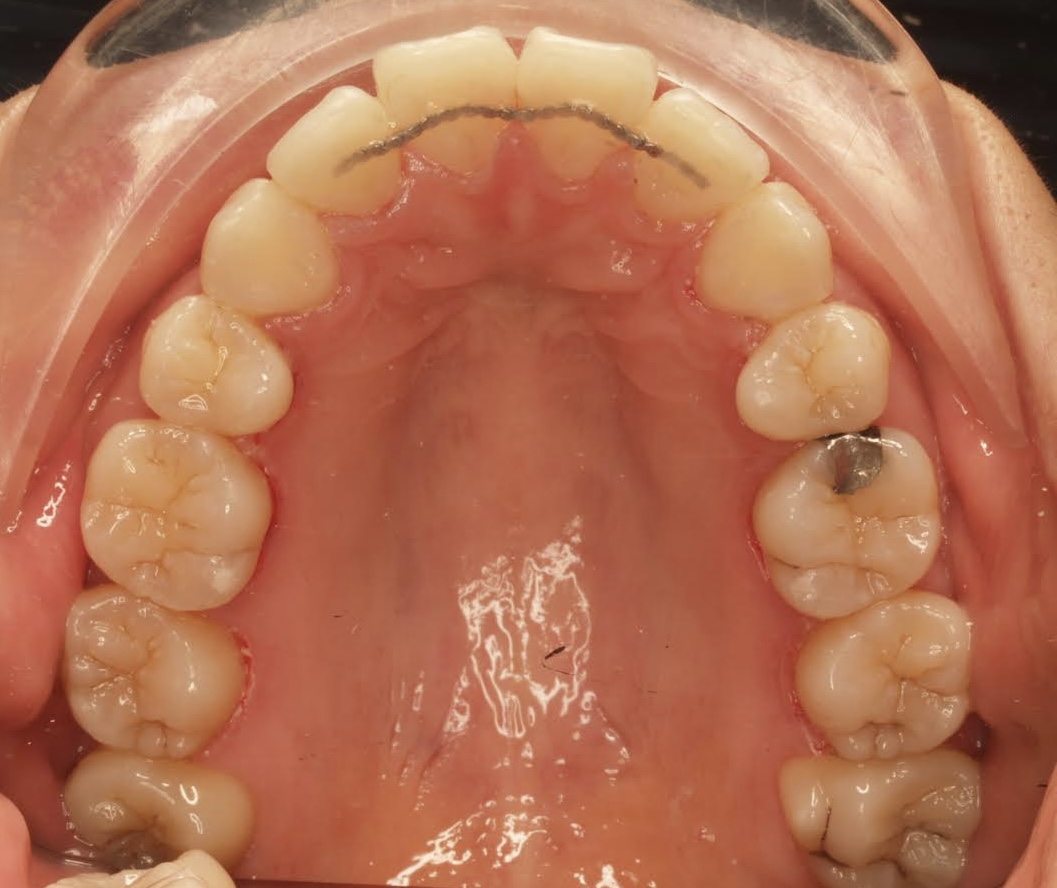

Below is a table summarising traditional metal braces, Invisalign and lingual braces.
| Lingual braces | Invisalign | Traditional metal braces | |
|---|---|---|---|
| Appearance | They are placed at the back of the teeth, making them unnoticeable | Removable, virtually invisible | Easily noticeable |
| Average cost | £4000 - £10,000 | £2500 - £5000 | £1500 - £4000 |
| Average treatment duration | 12 – 18 months | 12 – 18 months | 12 – 18 months |
| Suitable for | 90% of cases | 90% of cases | All orthodontic cases |
| Cleaning | Special cleaning | Normal teeth cleaning because aligners are removable | Special cleaning |
| Appointment duration | 45 minutes | 20 minutes | 20 minutes |
| Appointment frequency | 6 – 8 weeks | 8 - 10 weeks | 6 – 8 weeks |
| Orthodontists offering treatment in the UK | ˃35% | ˃75% | 100% |
If you are a suitable candidate for lingual braces and think the treatment is best for you, you have different options to choose from, such as:
These popular lingual braces are designed with advanced computer technology. The brackets are custom-made to fit each patient’s tooth. Interference with speech is less, and they are unlikely to result in mouth inflammation.
The self-ligating system is another option for people who want lingual braces. Self-ligating braces gradually adjust themselves, making the treatment more comfortable than the traditional braces that need adjustments every few weeks.
The non-custom system is suitable for those who want lingual braces because they are discreet but cannot afford custom-made lingual brackets.
The orthodontist will fit the brackets directly on the teeth, eliminating the need for expensive brackets customised in the lab.
Non-custom lingual braces are suitable for very mild misalignments and other dental problems.
Lingual braces are more expensive than other braces. The non-custom system prices upto £5000, and the custom-made lingual braces for more complex cases cost up to £10,000.
Some orthodontists do not specialise in lingual braces. This means a specialist will handle your treatment which incurs extra payment for the expertise.
When deciding on treatment, check if the quotes cover aftercare costs like follow-up visits and retainers to maintain your teeth in their new position.
These methods can help reduce the cost of lingual braces.
When you smile, the upper teeth are more visible than the lower teeth. You can save money on treatment if you use lingual braces behind the teeth on the upper arch and ceramic or traditional braces on your lower teeth.
If you have a mild misalignment, you can use lingual braces behind your front teeth and leave the back teeth off the brace.
If you want braces treatments that aren’t easily noticeable, you can choose more affordable options like invisible braces or tooth-coloured braces. Most people prefer Invisalign clear aligners, which are virtually invisible and offer several other benefits.
The brands above are popular options, but you can check for other cheaper but effective brands. Your orthodontist may also know cheaper options.
If you are searching for an orthodontist that offers lingual braces, check for orthodontists that offer payment plans to make your treatment more affordable. Some dentists have payment plans with 0% interest rates, so you can spread the cost of your treatment and not pay more. Other options are paying with a credit card or a dental loan.
You can check if your dental insurance plan covers part of orthodontic treatments, such as lingual braces. Most basic plans cover only essential dental procedures, while some premium plans cover part of the treatment.
The first step in a lingual braces procedure is visiting the orthodontist for a 3Dscan of your teeth. If you want custom-made braces, the orthodontist will send your scans to the lab to make the braces. This may take up to six weeks.
When the lingual braces arrive, the orthodontist will attach each bracket to the right tooth using dental cement. The fitting of lingual braces often requires two appointments, as the upper brace and lower brace are usually fitted separately.
After your initial lingual braces fitting, you will visit the orthodontist every 6 – 8 weeks for check-ups. The orthodontist will check your treatment’s progress and make any necessary adjustments during the check-up.
You can notice changes in the first couple weeks after the fitting and because the brackets are behind the teeth, these changes will be more obvious to see. The position of the braces may make you feel discomfort after the first fitting and adjustments. If you experience pain, it will gradually subside within a few days.
Lingual braces treatment takes on average 12 – 18 months. Mild misalignment corrections can take six months, but more complex cases can take a few years.
The following are necessary to optimise your treatment with lingual braces.
If you’re considering straightening your teeth with lingual braces, visit Kingston Orthodontics or call us on 0203 002 2501 for more information on lingual braces or to book a consultation.

Spread the cost of any treatment
We are here to help you achieve the perfect – and affordable – smile so please talk to us about our popular interest-free payment plans. Spread the cost and relax – secure in the knowledge that your treatment will take place on time and on budget.